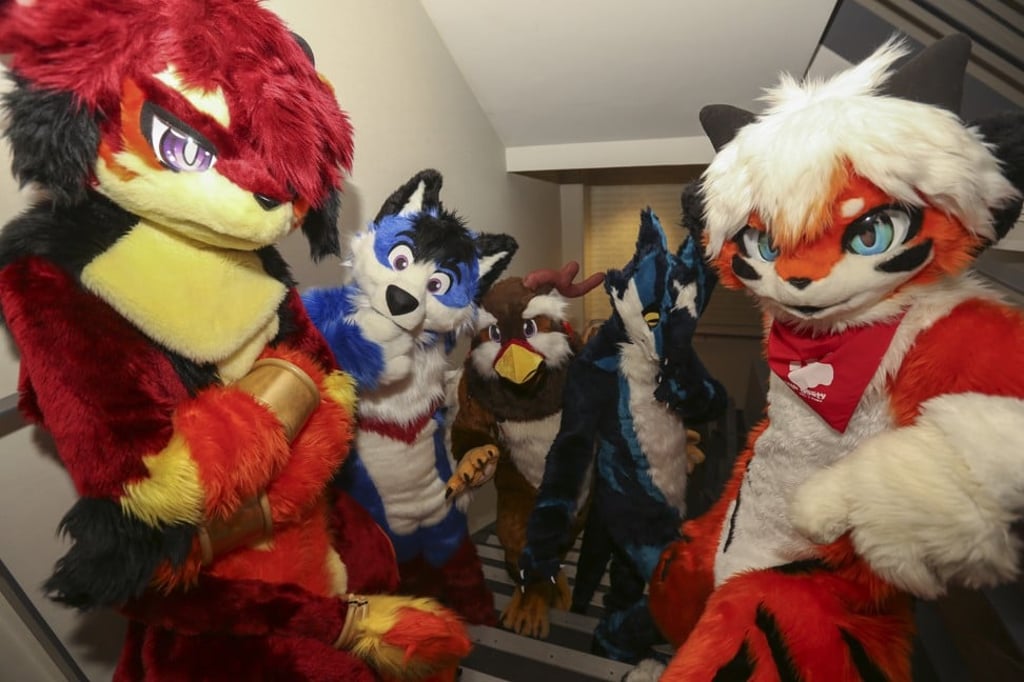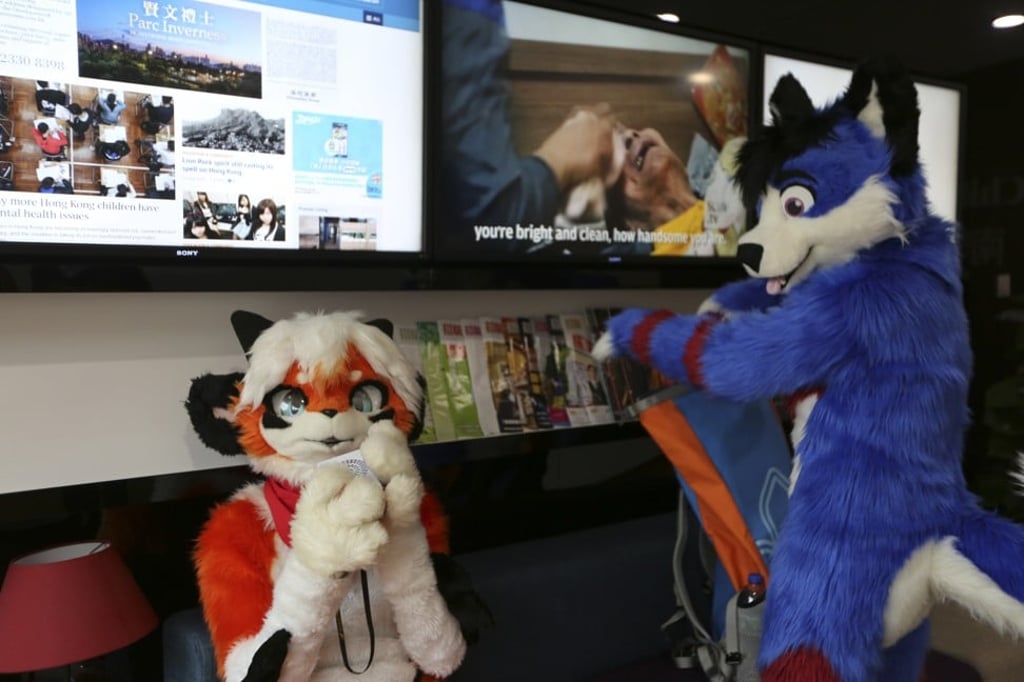The furries of Hong Kong - men and women who dress up as animals and say they feel more at home in their second skin
For some it’s about sex, for others it’s just a lifestyle choice. We meet some of the 50 or so Hongkongers who dress up as animal characters

When Kush first saw people presenting themselves as animal characters on the internet several years ago, he knew immediately that he had found his calling.
Kush, still in school at the time, learned that they called themselves furries. Dressing up as fictional animals that display human personalities and characteristics, they said they felt more comfortable expressing themselves as animals than humans.
“I remember thinking to myself, ‘That is exactly me’,” says Kush, who, like others, prefers to go by his furry name.
Unable to afford a costume – known as a fur suit and often costing more than US$3,000 on the internet – Kush spent a year designing and handcrafting his own furry persona, or “fursona”. It was a “fantastic dragon” in royal blue and white fur.

“Almost all of the local furries in Hong Kong first met on those now defunct old-school forums,” he says. “I’m glad that we now have social media, which really helps us to better find each other.
“Being a furry is a lifestyle,” Kush says. “People feel more in their own skin in a fur suit for various reasons. Some do it as a gateway for sexual pleasure. Some do it because they want to live like an animal.”
